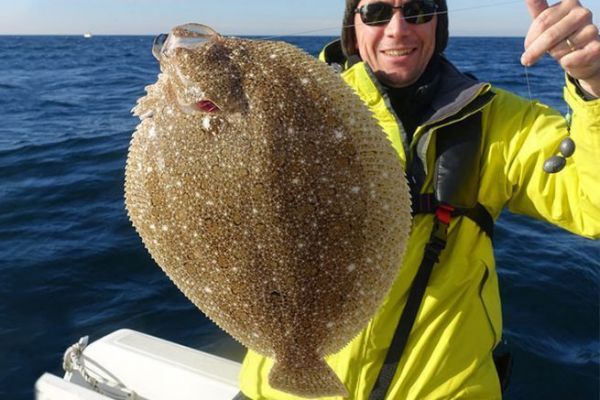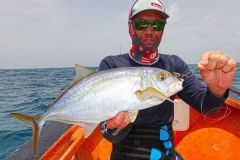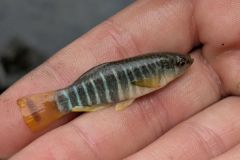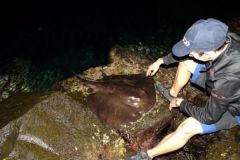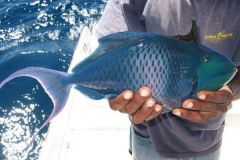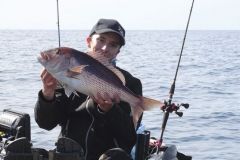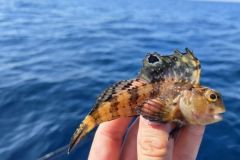Scientific name
Scophthalmus rhombus (Linné, 1758)
Morphology
Brill is very similar to turbot. The main difference is the absence of bony tubercles on the dark side of the brill and the presence of scales. Catfish have a swim bladder, while turbot do not. The back of the brill, i.e. its dark side, is brown, punctuated with dark and light spots of varying sizes, which vary according to the environment in which it lives.
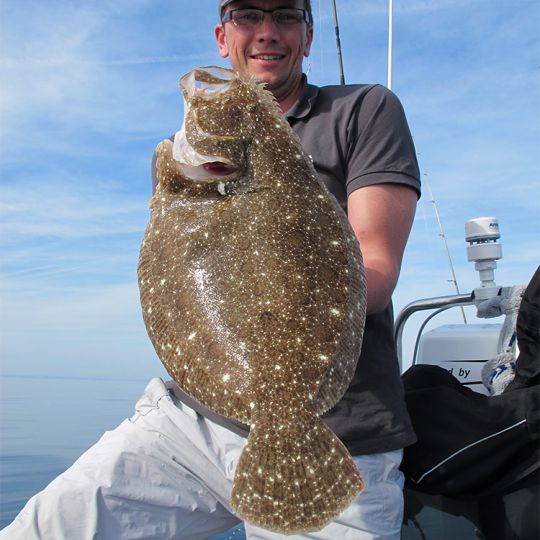
Fishing spots
The brill is a flatfish that thrives on sandy bottoms such as ridens. It also settles near wrecks where food is plentiful.
Fishing techniques
This flatfish is a real hunter, feeding on whole fish. You'll be looking for brill on the bottom, drifting or on the landing. The rig features a 50 cm stack of bait such as a small whiting, pout or sandeel. Tenya lures are also effective with a small piece of mackerel.
Reproduction
Catfish reproduce between March and June, laying up to 10 million eggs. They measure 25-30 cm at 3 years and 40-45 cm at 5 years.
Size and weight
- Catch size (legal minimum): none, I recommend 45 cm
- Size at sexual maturity: 45 cm
- Average size: 30 to 50 cm
- Maximum size/weight: 75 cm (8 kg)
Good to know
Similar to turbot, brill can be distinguished by its more oval body and smooth, tubercle-free skin. To identify the species, stroke the back. If it's smooth, with no hard spots through the skin, it's a brill.

 /
/ 